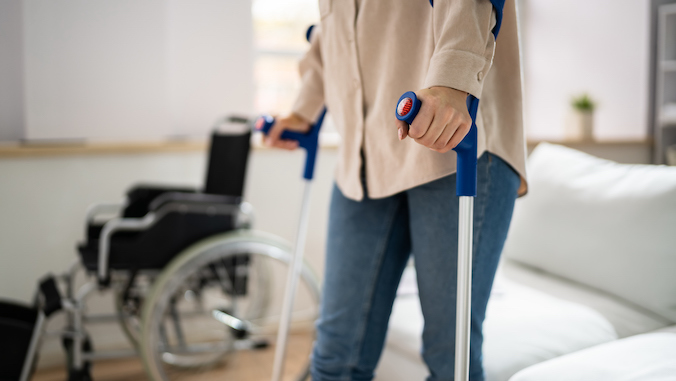
Giving birth as an adolescent correlates to mobility disability as a young adult, according to a University of Hawaiʻi at Mānoa study of women from 14 countries.
Mobility disability can make it difficult to walk, climb stairs or stand for long periods of time, and can lead to pain and fatigue. It can negatively affect quality of life and contribute to substantial healthcare expenditures.
The study published in July in the British Medical Journal Open was conducted by Catherine M. Pirkle, Katherine E. Peck and Tetine L. Sentell from the Office of Public Health Studies at UH Mānoa’s Thompson School of Social Work & Public Health.

“An estimated 7% of people around the world live with mobility disability, but this percentage is believed to be far lower than the true number. Mobility disability is higher in lower income countries and often more frequent in women,” explained Pirkle.
Researchers analyzed data from population health surveys to study the association between adolescent versus adult childbirth and mobility disability among 158,000 women of reproductive age (15–49 years) living in 14 low- and middle-income countries, including: Haiti, Pakistan, Uganda, Cambodia, Colombia, South Africa, Timor-Leste, Albania, Gambia, Maldives, Peru, Senegal, Yemen and Ghana. The surveys included information on women’s age at first childbirth, mobility disability and other health-related factors.
Although the numbers of women who gave birth during adolescence (defined as 10–19 years of age), and those with mobility disability varied widely across the 14 countries, adolescent childbirth was consistently associated with mobility disability. When the results from all countries were combined, women who had their first birth during adolescence had a higher prevalence of mobility disability throughout life, compared to those who gave birth as adults.
“These findings highlight the importance of considering the life-long health effects of early childbirth and the need to put in place programs and policies that prevent unwanted pregnancy, as well as better support adolescent mothers,” said Pirkle. “While these results are from low- and middle-income countries, they are applicable to the United States, where sexual and reproductive health services are increasingly limited.”
Co-authors on the paper also included Diego G. Bassani, Centre for Global Child Health, The Hospital for Sick Children; Saionara M.A. Câmara, Department of Physiotherapy, Federal University of Rio Grande do Norte; Marlos Domingues, Postgraduate Programme in Physical Education, Federal University of Pelotas; and Maria P. Velez, Department of Obstetrics and Gynaecology & Public Health Sciences, Queen’s University.

